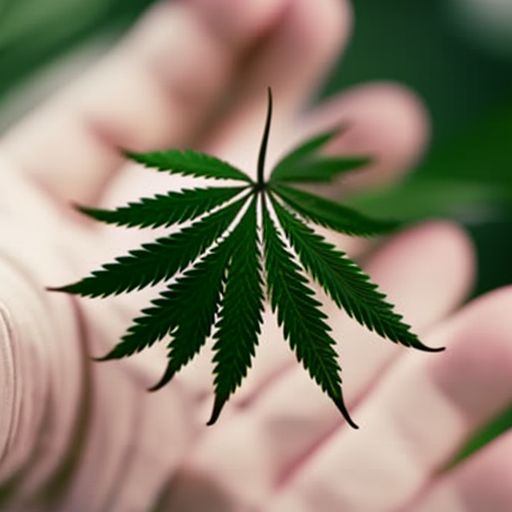
Decarboxylation is an essential process in cannabis preparation that involves applying heat to activate the cannabinoids present in the plant material. This article will explore different methods of decarboxylation, including using an oven, mason jar, sous vide, and decarboxylator. We will also discuss the importance of decarboxylation in making edibles and the consequences of forgetting to decarboxylate weed.
One popular method of decarboxylation is using an oven. This method is not limited to cannabis flower but can also be used for concentrates. To decarb using an oven, preheat it to 200°F and line a baking sheet with parchment paper. Place the concentrate on the baking sheet and place it in the oven for 20 minutes. The concentrate will start bubbling when it is thoroughly heated. After cooling down, it will become sappy and sticky. Put it in the freezer for about 10 minutes to make it easier to remove from the parchment and use for making edibles or infused oils.
Another option for decarboxylation is using a mason jar. This method is useful for reducing the smell of weed during the process. It also preserves any compounds that evaporate during heating, which can enhance the final product. To decarb with a mason jar, set the oven temperature to 220°F. Grind up your cannabis flower or break it up with your hands and place it in a mason jar with the lid lightly screwed on. Place a slightly moistened kitchen towel on a baking sheet and place the mason jar on it, laying down. Put the baking sheet on the middle rack of the oven for an hour, taking out the jar every 15 minutes to shake it and ensure even heating.
Sous vide is another method that provides precise temperature control during decarboxylation. This method involves using a sous vide immersion circulator or precision cooker along with a sous vide bag. Grind your flower before placing it in the bag and vacuum seal it. If you have a sous vide immersion circulator, fill a pot with water and set the temperature to 203°F. Place the sealed bag containing the cannabis into the water for 90 minutes. If you don’t have a sous vide precision cooker, bring a saucepan of water to boil and then reduce the heat to maintain a temperature between 203-212°F. Place the bag into the water for 90 minutes.
For those looking for convenience and ease of use, decarboxylators are available. These devices automatically control the temperature and time cycles during the decarboxylation process. Simply plug in the device, place the cannabis flower directly inside, and press a button. Popular decarboxylator brands include Levo II, Ardent FX, Ardent Nova, Magicalbutter DecarBox, and MB2e MagicalButter Machine. Some models even allow for making infusions directly inside the unit.
While some may wonder if natural decarboxylation occurs over time, it is a very slow process that takes a long time to convert THCA to THC. To ensure maximum potency and effectiveness, it is recommended to use one of the aforementioned methods for decarboxylation.
Forgetting to decarboxylate weed before using it in cooking will result in weaker or inactive products. The heat applied during cooking may activate some effects, but without prior decarboxylation, THC and CBD will remain in their acidic forms (THCA and CBDA) and not convert into their active counterparts.
Decarboxylation is also crucial when infusing butter or oils with cannabis. Failure to decarb beforehand will result in weaker or inactive products.
When it comes to CBD decarboxylation, it is important not to exceed temperatures higher than 230°F to avoid any loss of this valuable compound.
Lastly, it is important to properly store decarbed cannabis to maintain freshness and extend its shelf life. Store it in an airtight container like a mason jar in a cool, dry, and dark place. Properly stored decarbed cannabis can last up to 3 months without any degradation of cannabinoids and other compounds.
In conclusion, decarboxylation is an essential step in preparing cannabis for consumption. It activates the cannabinoids present in the plant material and allows users to experience their full benefits and effects. Different methods such as using an oven, mason jar, sous vide, or decarboxylator offer various advantages in terms of convenience, smell reduction, preservation of compounds, and precise temperature control. By understanding and utilizing proper decarboxylation techniques, individuals can fully enjoy the potential benefits of cannabis.

